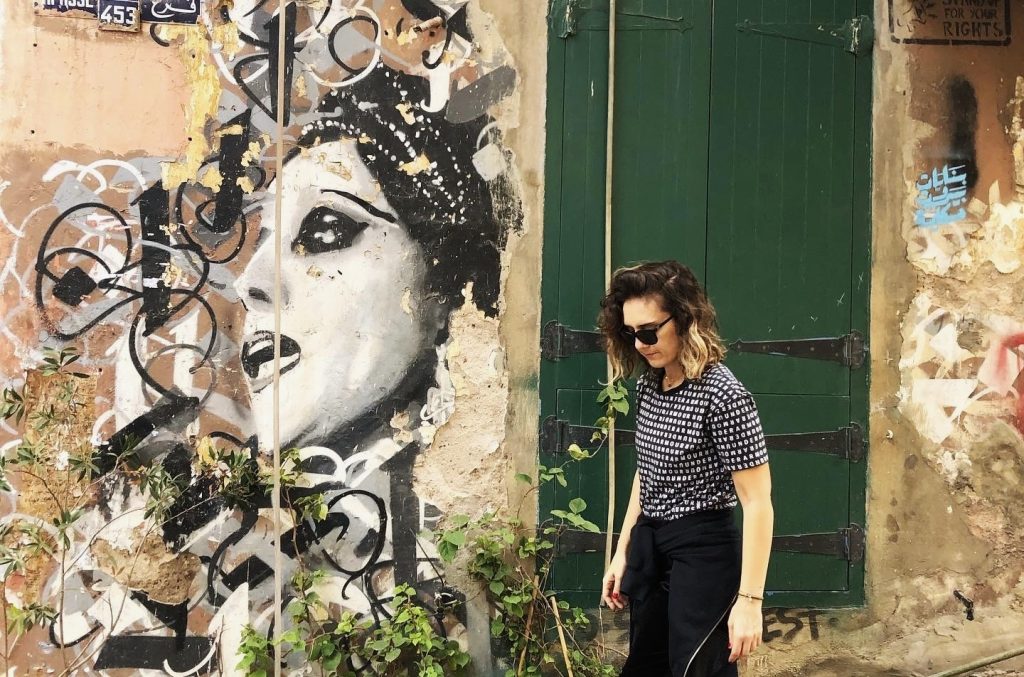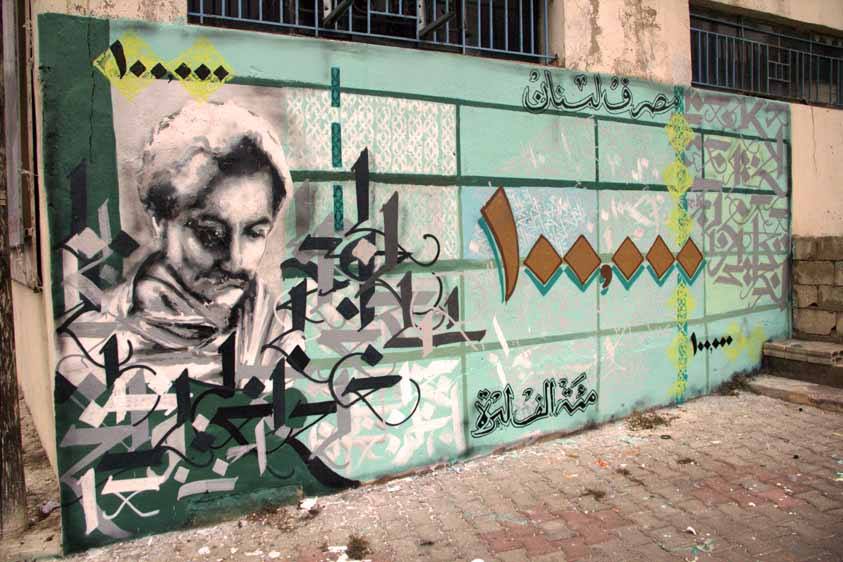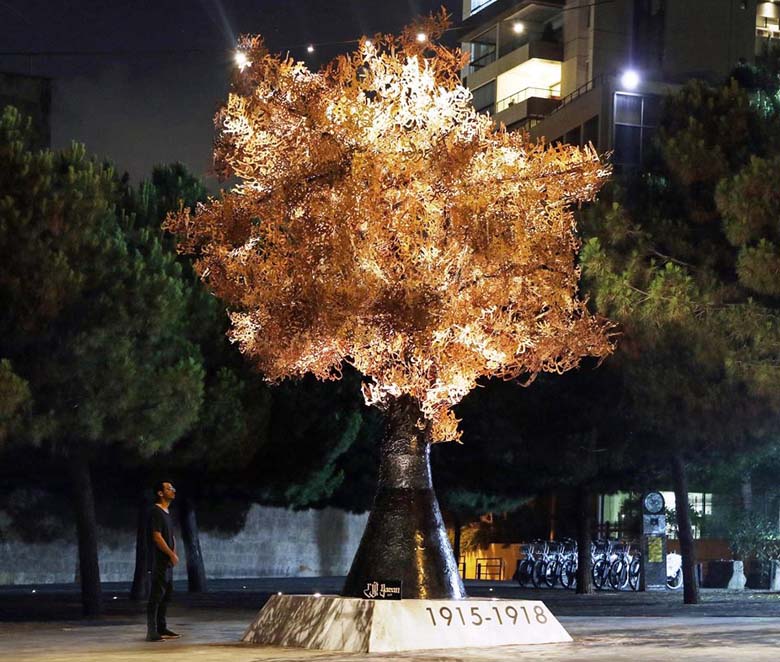Yazan Halwani‘s eye-catching murals have brought beauty to Beirut’s concrete walls. Here, we discover some of his most famous artworks and the stories behind them.
“A lot of the urban identity of Beirut is related to politics,” says Halwani. To counterbalance this sectarianism, he started painting his murals on the streets of the city “to create a common identity for most Lebanese.”

 FAIRUZ
FAIRUZ
With surprisingly few tributes to Fairuz in the city, Halwani created this striking mural of the Lebanese icon in Gemmayze. This is perhaps one of his most famous murals, finding its way into a Nancy Ajram music video and a Coca Cola advertisement.
Fairuz was a figure that transcends sectarian identity for people and creates a unification, a common cultural element for most Lebanese.

ALI ABDULLAH
While Yazan Halwani’s other murals are of famous figures, his portrait of Ali Abdullah was something completely different. Abdullah was a homeless man who lived on the street for 15 years, usually seen around Bliss Street near the American University of Beirut.
Ali Abdullah was part of the culture and identity of Bliss Street. There was nothing to commemorate him after he passed away… so the mural was a documentation of his existence on the street.


GIBRAN KHALIL GIBRAN
The Gibran Khalil Gibran mural has a satirical edge, created in response to a 50,000 LBP commemorative bank note made by the Banque Du Liban, which contained spelling mistakes.
What I decided was to use that event, as it is quite scandalous so I drew this LL100,000 note and I stylized it in a way that makes it more of a cultural platform, to educate people about their history and art.

SABAH
Another famous work of Yazan Halwani is the mural of Sabah. Unlike his previous work, the artist first chose the location and then decided what he could paint that would resonate with the residents.
I researched by talking to people living in the neighborhood; the people of that street actually suggested Sabah. They were talking about the golden era of Hamra, and one of the things they mentioned was Sabah.

Photo: Tamara Saade
THE MEMORY TREE
Located in front of the faculty of human sciences at Saint Joseph University (USJ), The Memory Tree was completed in 2018. Unlike his previous works, The Memory Tree is a sculpture commemorating those who emigrated or were lost during the Great Famine of World War One (1915-1918). Intricate writings by well-known poets and authors of the time, including Gibran Khalil Gibran, Tawfik Yousef Awwad and Anbara Salam Al-Khalidi, form the leaves of the tree.
This event, like many others, has not received a public memorial to allow it to remain in people’s memory.
If you like reading this, check out our article on art galleries in Beirut.
Loading
